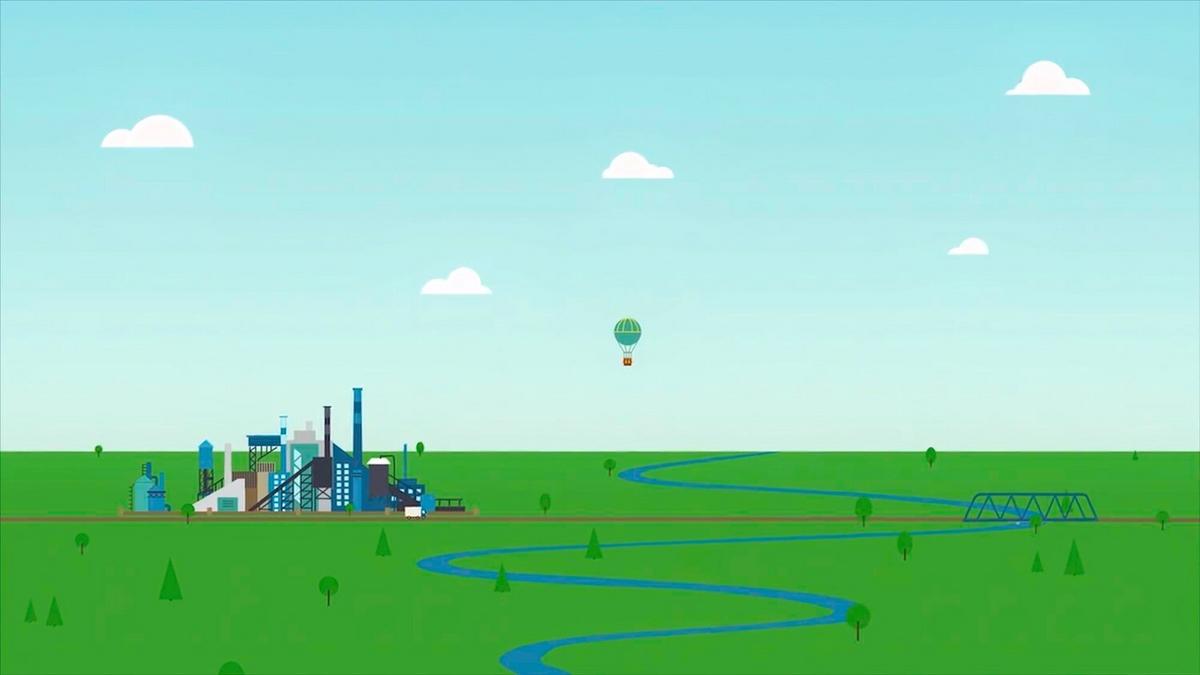
The Role of Artificial Intelligence in Optimizing Renewable Energy
As the world increasingly turns towards sustainable energy solutions, the role of artificial intelligence (AI) in optimizing renewable energy has become a focal point of innovation and development.
The integration of artificial intelligence into the realm of renewable energy is transforming how we harness and utilize natural resources. By leveraging AI, we can significantly enhance the efficiency of renewable energy systems, making them more reliable and cost-effective.
The Impact of AI on Renewable Energy
AI technologies are playing a crucial role in the renewable energy sector by improving energy forecasts, optimizing energy storage, and enhancing grid management. According to a report by the International Energy Agency, the use of AI in energy systems can reduce operational costs by up to 20% while increasing energy efficiency.
Expert Insights
Dr. Emily Thompson, a leading researcher in energy systems, notes, “AI has the potential to revolutionize how we manage renewable energy by providing accurate predictions and optimizing energy use in real-time.” Her insights underscore the transformative impact of AI technologies on energy management.
Statistics and Research Findings
Recent studies reveal that AI can improve wind energy generation efficiency by 10% through advanced data analytics and predictive maintenance. Furthermore, AI-driven predictive analytics can enhance solar energy production by accurately forecasting weather conditions and adjusting panel orientations accordingly.
Actionable Strategies for Implementation
- Invest in AI-driven analytics tools to accurately predict energy production and consumption patterns.
- Utilize machine learning algorithms to optimize energy storage systems, ensuring efficient use of stored energy.
- Implement AI-powered grid management systems to improve energy distribution and minimize losses.
Integrating AI with IoT devices can further enhance the efficiency of renewable energy systems by providing real-time data and automated adjustments.
Real-World Example
A major utility company recently implemented an AI-based system to manage its wind farms, resulting in a 15% increase in energy output and a 25% reduction in maintenance costs. This example illustrates the tangible benefits of AI integration in renewable energy systems.
| AI Application | Impact |
|---|---|
| Energy Forecasting | Improved accuracy in predicting energy supply and demand |
| Grid Management | Enhanced energy distribution and reduced waste |
| Predictive Maintenance | Reduced operational costs and downtime |
| Energy Storage | Optimized use of stored energy |
| Weather Prediction | Increased efficiency in solar and wind energy production |
| Demand Response | Better alignment with energy consumption patterns |
| Resource Allocation | Effective utilization of energy resources |
| Automated Control | Improved system reliability and efficiency |
FAQ
How does AI improve renewable energy efficiency?
AI enhances renewable energy efficiency by optimizing energy production and distribution, predicting maintenance needs, and providing accurate energy forecasts.
Can AI reduce the costs of renewable energy?
Yes, AI can significantly reduce operational costs by improving the efficiency of energy systems and minimizing waste.
Conclusion
In summary, the integration of AI into renewable energy systems offers a promising avenue for optimizing efficiency and reducing costs. By harnessing the power of AI, we can accelerate the transition to sustainable energy solutions and contribute to a greener future. Encouraging the adoption of AI technologies in the renewable energy sector can lead to substantial improvements in energy management and environmental sustainability.


